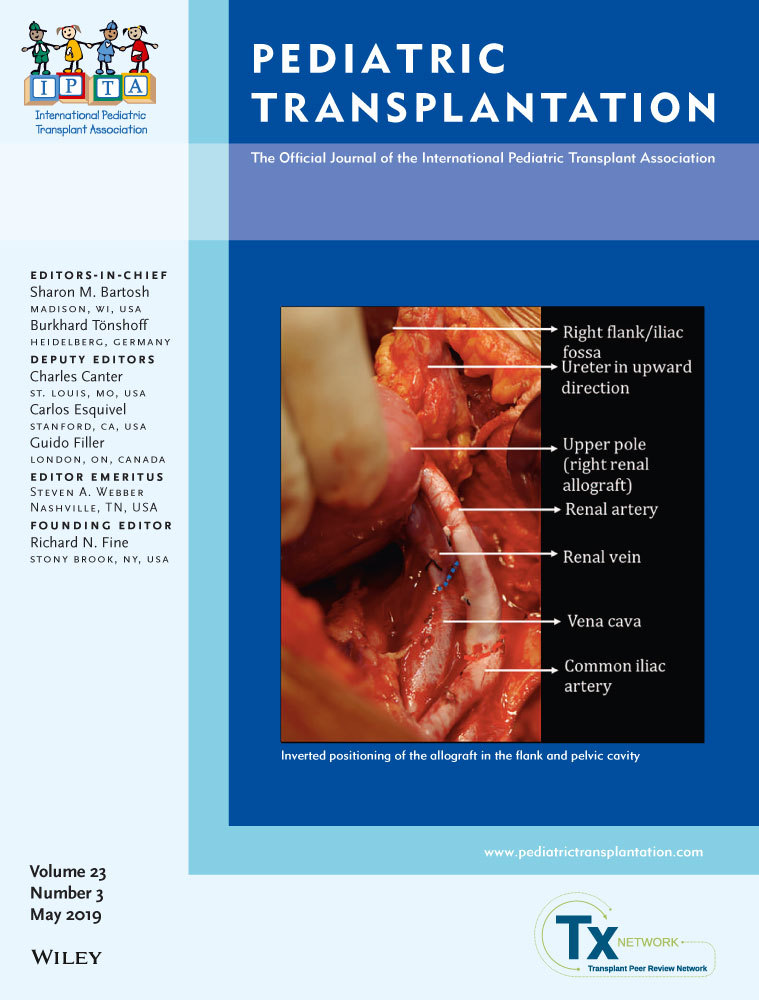Cytomegalovirus and Epstein-Barr virus infections among pediatric kidney transplant recipients at a center using universal Valganciclovir Prophylaxis
Abstract
Background
CMV is associated with adverse effects in renal transplant recipients. The objective of this study was to characterize the incidence and timing of CMV and EBV infections in relation to valGCV prophylaxis in a pediatric renal transplant cohort.
Methods
Retrospective cohort of pediatric renal transplant patients given universal valGCV prophylaxis and universal viral surveillance was evaluated. Demographics, prophylaxis, acute rejection, and CMV and EBV infections were abstracted.
Results
A total of 92 pediatric renal allograft recipients, 2008-2013, were included. One or more viral infections developed in 77/92 (83.7%) of the patients. EBV was the most common in 62/92 (67%) patients, irrespective of valGCV (82% of episodes occurring on valGCV). CMV DNAemia occurred in 30/92 (33%) patients, 14 episodes (47%) occurring on valGCV. Incidence of breakthrough CMV on prophylaxis was 15% and was associated with persistent DNAemia (OR 7.8, CI:1.6-32.9, P < 0.02). CMV tissue-invasive disease was not seen. CMV syndrome occurred in 10% of the cohort, only in CMV D+ patients, and only one symptomatic breakthrough infection required treatment. Out of 92, 21 (23%) had simultaneous co-infections with 2-3 viruses.
Conclusions
Viral infections in pediatric renal transplant recipients receiving universal valGCV prophylaxis were common. EBV infections were not reduced by valGCV prophylaxis, and nearly half of CMV infections occurred on valGCV. Symptomatic CMV infection while on prophylaxis was rare. valGCV prophylaxis may prevent symptomatic CMV infection but not EBV infection, and frequent CMV surveillance in pediatric renal transplant recipients on prophylaxis may not be necessary.
DISCLOSURES
KF is a scientific consultant for Merck/MSD. Remaining authors have nothing to disclose.




